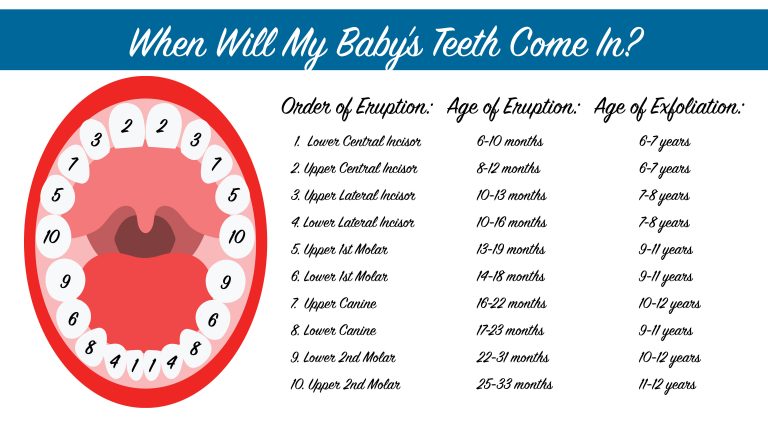Dental Cavities in Children – How Common Is It?
Dental Cavities in Children – How Common Is It? Dental caries, also called cavities, is the most common infectious disease in children. It is also the most common chronic disease …
Pediatric Conscious Sedation
Coastal Pediatric Dental & Anesthesia describes the risks and benefits of pediatric conscious sedation
Fillings in Baby Teeth
We answer the question, “Why are fillings in baby teeth necessary?” Despite the fact that your child will lose their primary teeth, healthy baby teeth are important for your child’s growth and development.
When Do Babies Get Teeth
Have You Ever Wondered When Your Baby’s Teeth Will Come In? Of course you have, this is a natural question for parents. Some parents worry that their child is delayed …
General Anesthesia in the Dental Office
Outpatient sedation and anesthesia has had a long history in dental offices. Dental procedures aren’t exactly everyone’s favorite past time, hence the saying, “having as much fun as a root …
What is a Dentist Anesthesiologist?
Dentist Anesthesiologists Dentist anesthesiologists are first and foremost, dentists. As dentists, they have completed an undergraduate degree and a doctoral degree in dentistry (D.M.D. or D.D.S.). Dentist anesthesiologists undergo residency …
When Should My Child See the Dentist?
First Dental Visit Your child’s first dental visit should occur within six months of when their first tooth appears in the mouth and no later than their first birthday. This …
Early Childhood Caries
What is Early Childhood Caries? Caries is the technical dental term for cavities. Cavities are literally holes in the mineral surface of the teeth from acid that is produced by …
Soothing Teething with Amber Necklaces
Teething and Teething Symptoms
Teething
Teething is the process of having teeth erupt into the mouth or oral cavity. Children get their teeth at different ages, but the teeth tend to erupt in a similar pattern despite differences in when they erupt. Typically children get their lower central front teeth first, followed by the uppers.








